env0 and Terraform
Learn about how env0 and Terraform work better together.

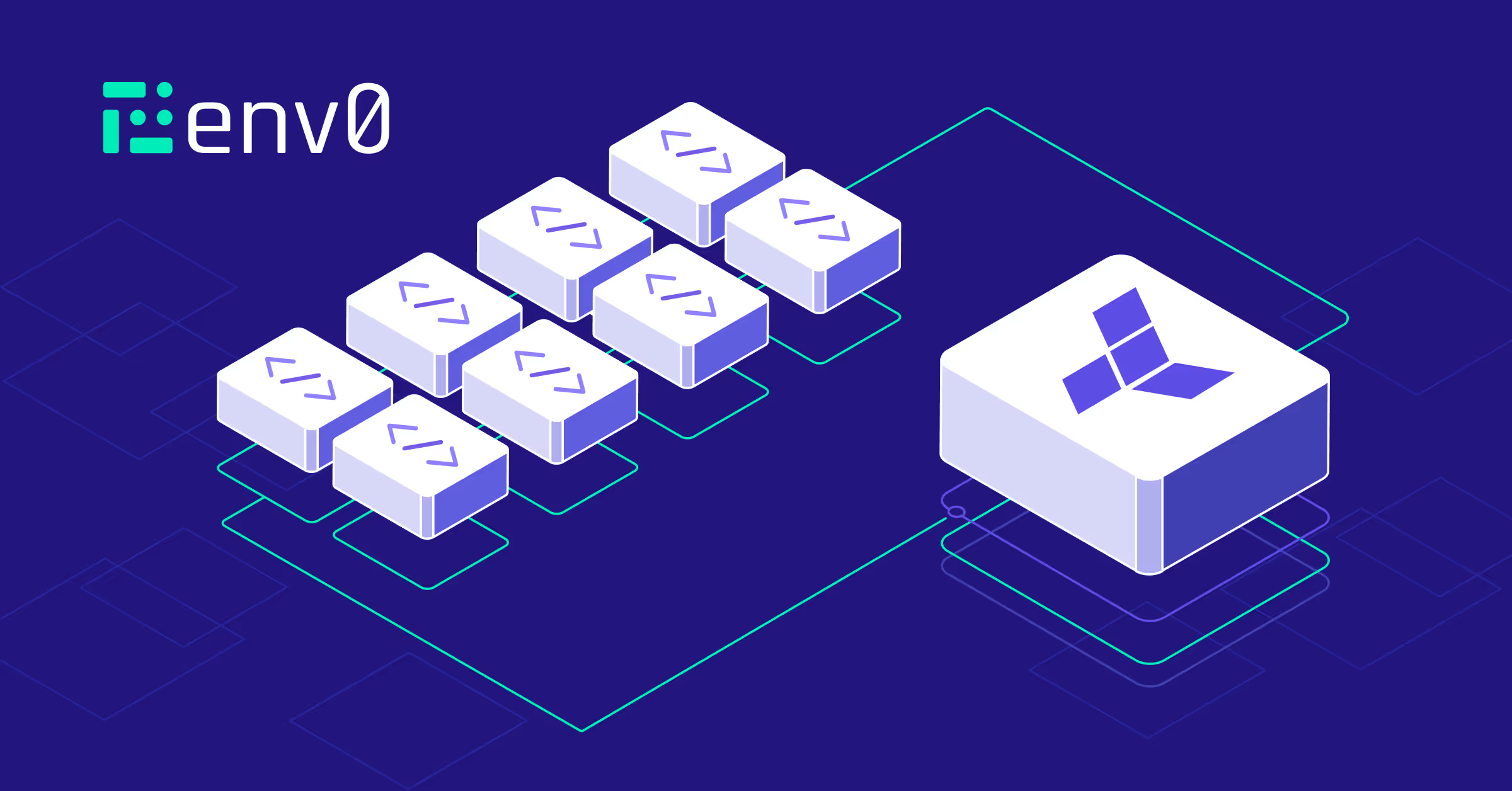
Blog
video
Video
A guide to the Terraform state file
Learn the essentials of Terraform state file management with this in-depth guide. Uncover best practices, learn how to handle state file locking and troubleshooting, and keep your infrastructure secure and efficient.

Blog
video
In this guide, we will take a deep dive into TFC's new pricing model, review its implications and discuss the pros and cons of the new pricing scheme.
.avif)
Blog
video
OpenTofu Release Candidate Drops, env0 Wraps It Up With Terragrunt Support
OpenTofu release candidate is out and we also rolled out env0 support for Terragrunt in OpenTofu deployments! GA is scheduled for Jan 10th.

Blog
video
How to Manage Terraform Locals
All programming languages have a way to express and store values within the context of a code block. In the case of Terraform, that functionality is delivered through Terraform locals.

Blog
video
OpenTofu Launches Into Beta with Homebrew-inspired Registry
The release introduces several bug fixes, security improvements, and updates to documentation, the details of which you can find in our change log. Most importantly, it marks the introduction of our new OpenTofu public registry!
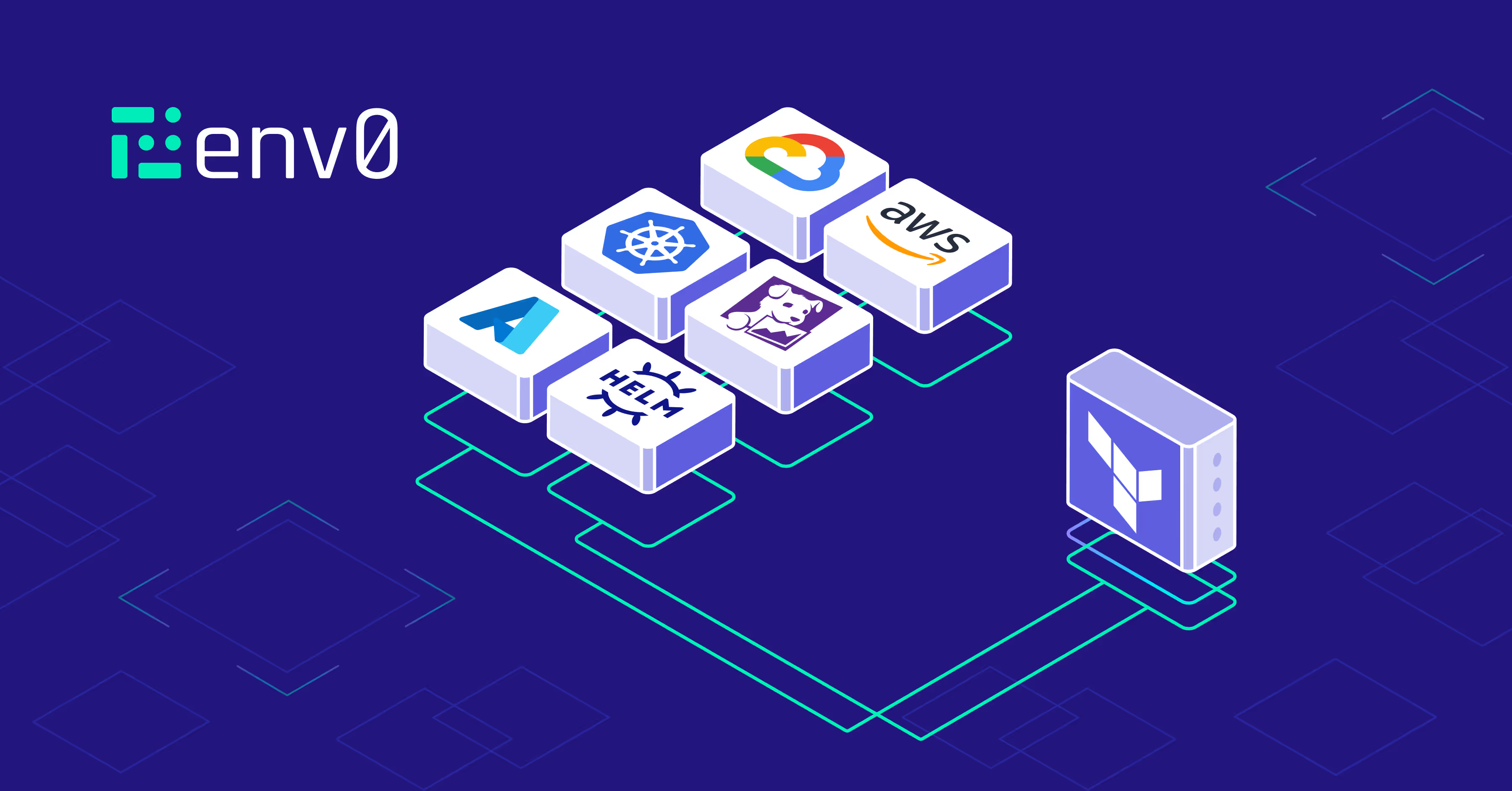
Blog
video
How to Use Terraform Providers
Terraform providers are essential to the functionality of Terraform. Learn how to install and use them to interact with diverse infrastructure services - AWS, Kubernetes,GitHub and more.
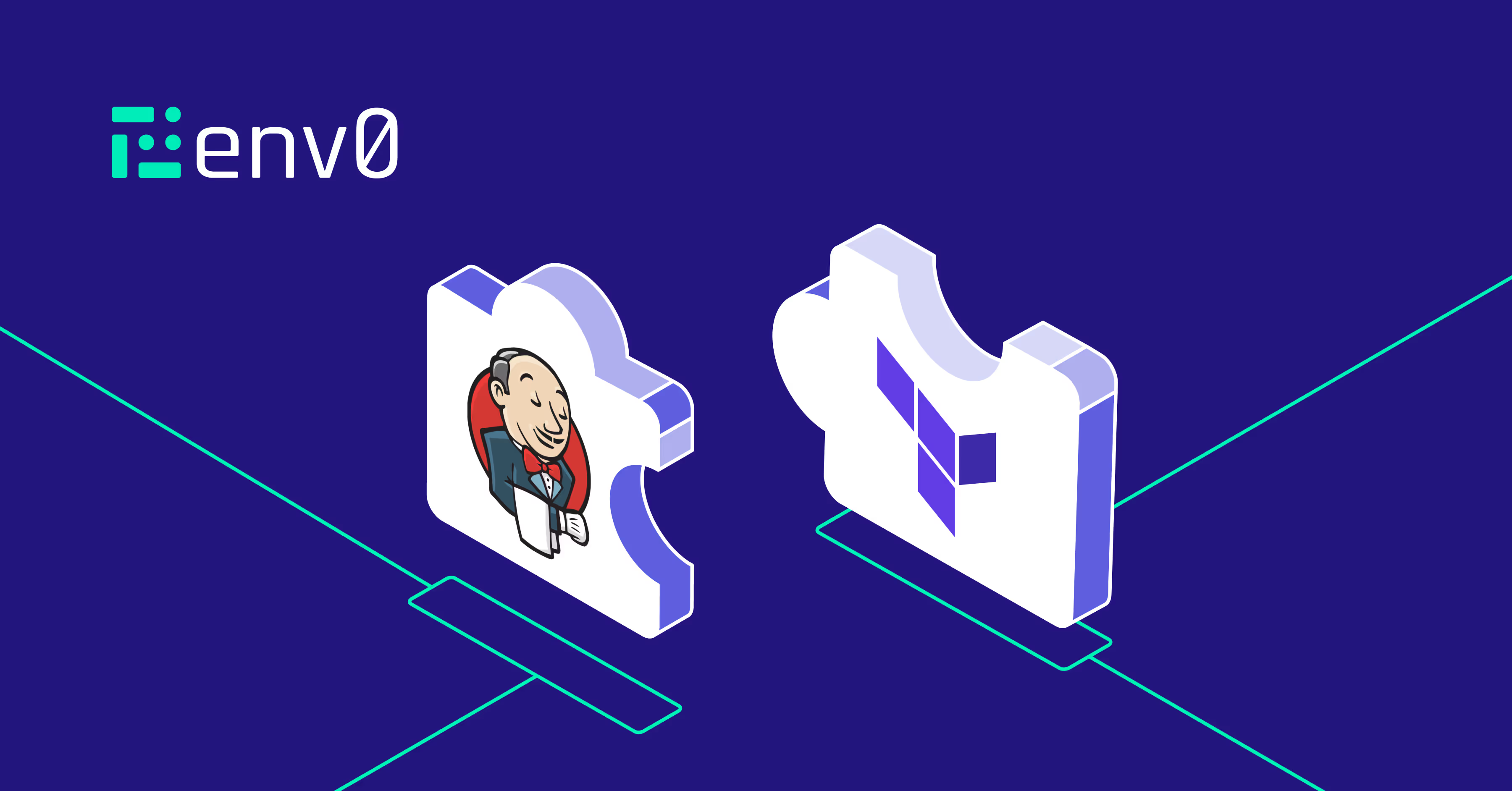
Blog
video
Using Jenkins for Terraform Management
This post showcases the orchestration of Terraform deployments using Jenkins in a real-world scenario. It also delves into the pros and cons of choosing Jenkins for IaC management.

Blog
video
Tutorial: How to Manage Terraform Versioning
Each release of Terraform brings with it new features and functionality, but also potential breaking changes. Here is how to choose well.

Blog
video
FinOps Meets IaC: Granular Cloud Cost Optimization with env0
Our new FinOps features help teams manage budgets on a project level and prevent overruns before they occur.

Blog
video
Pulumi vs Terraform: An In-Depth Comparison
We take a deep dive into the features, similarities, differences, and real-world use cases of Terraform and Pulumi, including real-world examples.

Blog
video
OpenTofu Alpha Launches: Try It Out in Just 3 Clicks
We are excited to announce the launch of OpenTofu alpha version and our new integration feature, which you can use for testing.

Blog
video
ArgoCD Tutorial: Manage and Orchestrate Applications with IaC
In this post, we show how env0 streamlines application management by integrating with ArgoCD, a popular application deployment tool for Kubernetes.
.avif)
Blog
video
What the Fork?! My 6 Takeaways from the Linux Foundation Keynote at OSS 2023
The Open Source Summit this year really came at quite the time. These are just a few of its many highlights.

Blog
video
OpenTF Joins The Linux Foundation as OpenTofu!
What began as a mere idea and a handful of individuals burning the midnight oil to craft a manifesto just a few weeks ago has swiftly evolved into a full-fledged Linux Foundation project.

Blog
video
A Beautiful Process: Recap of Reaction to OpenTF
OpenTF became a focal point for extensive media coverage, heated debates, and insightful conversations. In this post, I’ll try to recap some of these, in a way that (I hope) would provide helpful context for people new to this story.

Blog
video
The OpenTF Repo is Now Public!
The latest milestone in the OpenTF journey is the release of OpenTF’s public repository. Within the first 12 hours, the repo already reached over 2,700 stars...

Blog
video
Announcing OpenTF Fork of Terraform
We’re proud to announce an open-source fork of Terraform called OpenTF. We also completed all documents to become part of the Linux Foundation. Details about the next steps and FAQs are inside.

Blog
video
What HashiCorp’s License Change Means for env0 Customers
On August 10th, HashiCorp made an important announcement, signaling a shift in its product licensing strategy. Here's what env0 customers need to know.

Blog
video
The OpenTF Manifesto
Essential building blocks of the Internet, such as Linux, Kubernetes, and Terraform need to be truly open source: that's the only way to ensure that we are building on top of solid and predictable underpinnings.

Blog
video
How to Use Terraform in GitHub Actions
In this post, we'll walk through how GitHub Actions work, how to use them to automate Terraform operations, and how to embrace and enhance your current workflow.
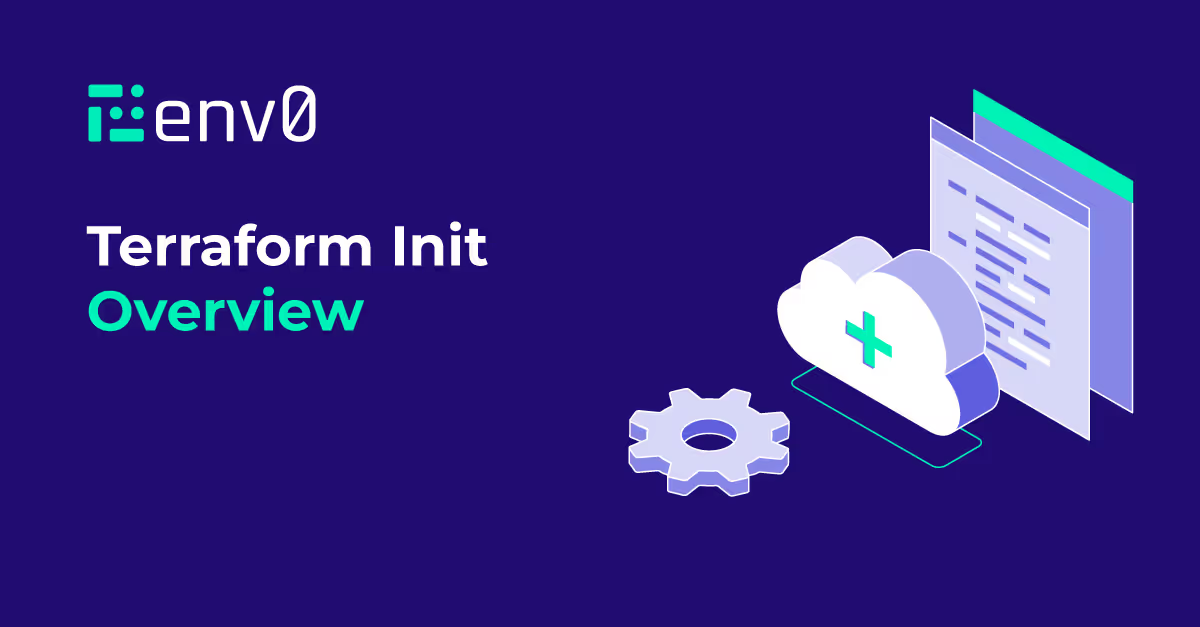
Blog
video
Terraform Init Command: Examples, Tips and Best Practices
One of the foundational commands at the heart of Terraform is terraform init. This command is what sets the stage for all the subsequent operations that you perform with Terraform. It prepares a new or existing directory for Terraform usage by creating initial files, loading any remote state, downloading modules, and installing provider plugins.
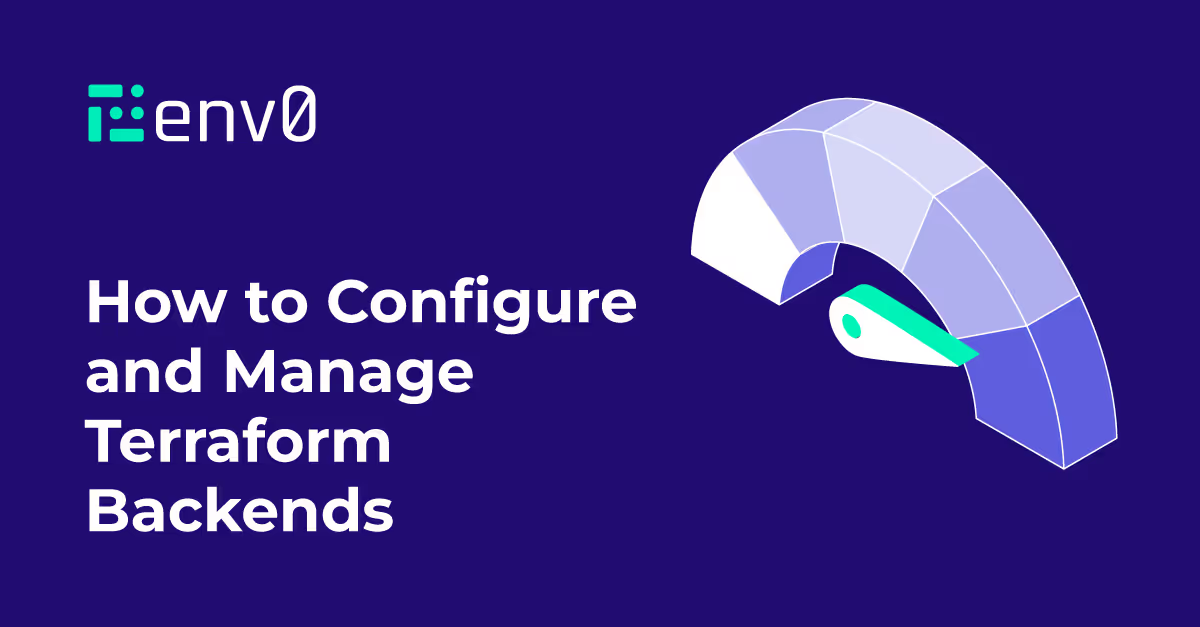
Blog
video
How to Configure and Manage Terraform Backends
Terraform backends are a native Terraform feature, which saves the state file in a remote location, rather than a local file. Terraform backends make sure that the work on the stack stays true to the state of our resources, and that we don’t run over our colleagues' work.
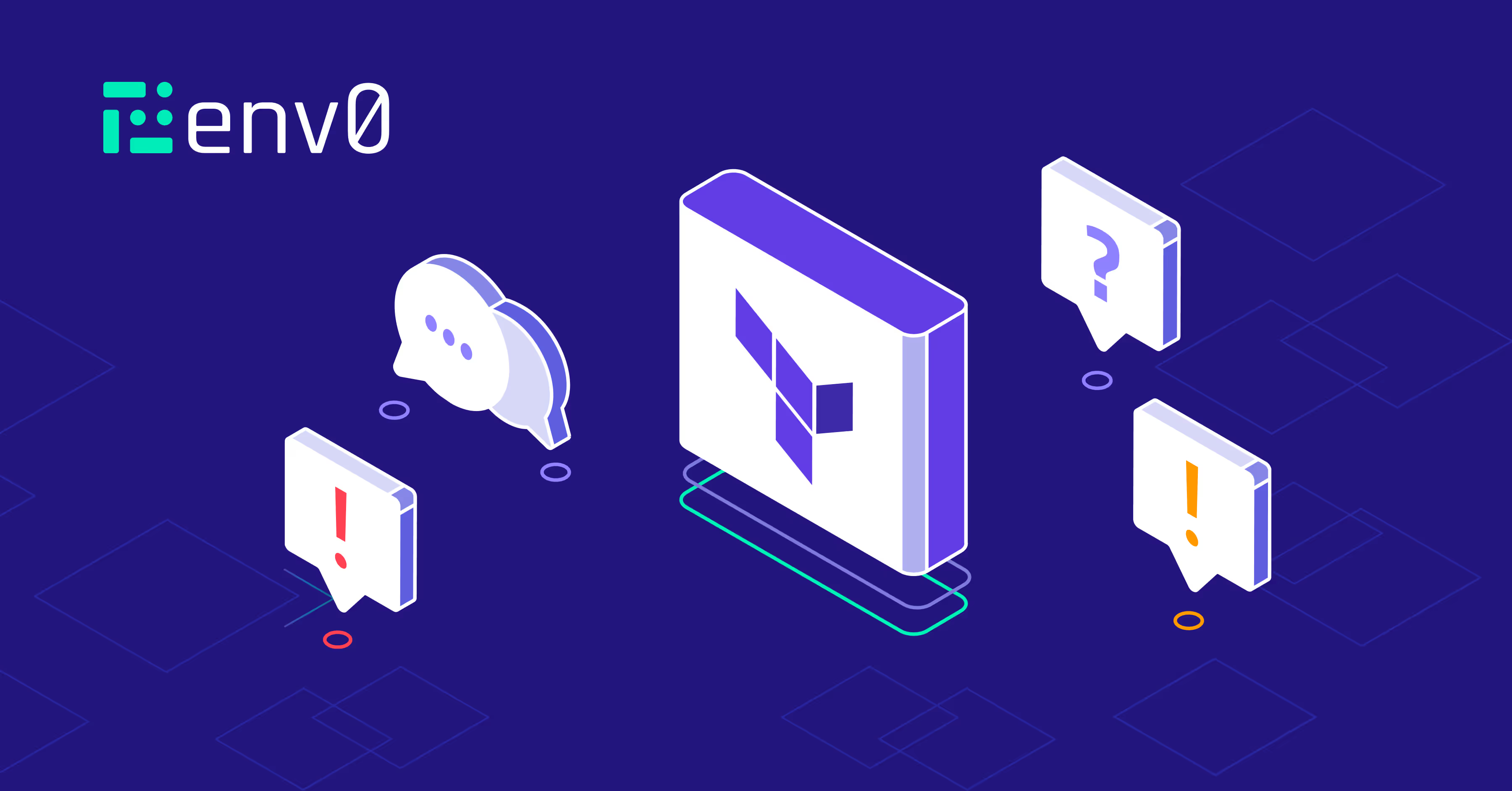
Blog
video
Terraform Tutorial: Getting Started with Terraform
An introduction to using Terraform with examples using Microsoft Azure.

Blog
video
Terraform Cloud: Benefits, Key Features, and Examples
Terraform Cloud is a hosted service developed by HashiCorp that provides a collaborative workspace for teams to use Terraform, an open-source Infrastructure as Code (IaC) software tool. It enables teams to manage infrastructure provisioning, compliance, and management across various cloud providers, data centers, and services. This tutorial will walk you through the key features and benefits of Terraform Cloud.
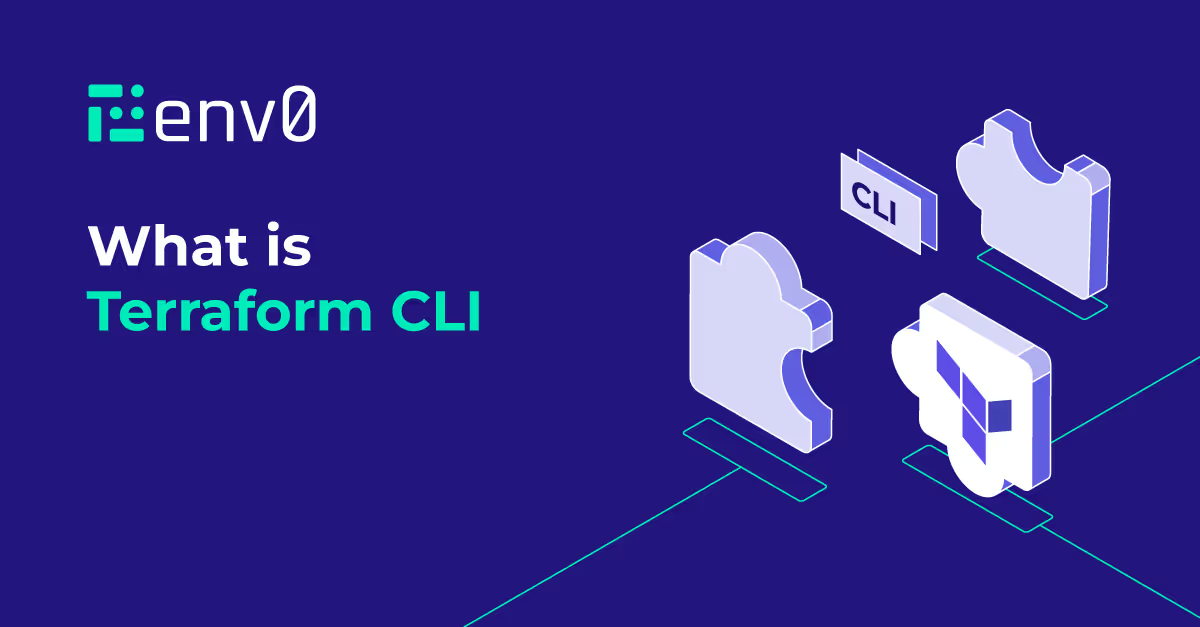
Blog
video
Terraform CLI: Terraform Commands, Examples and Best Practices
Terraform CLI is a command-line interface tool that enables you to manage Infrastructure as Code (IaC) using the HashiCorp Configuration Language (HCL). With Terraform CLI, you can define, provision, and manage infrastructure resources in a human-readable format that can be versioned, reused, and shared across teams.











